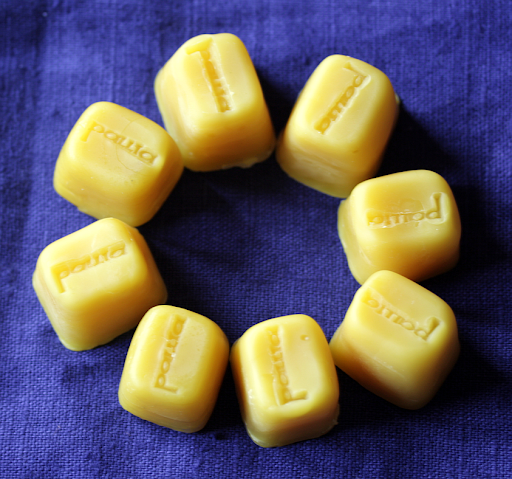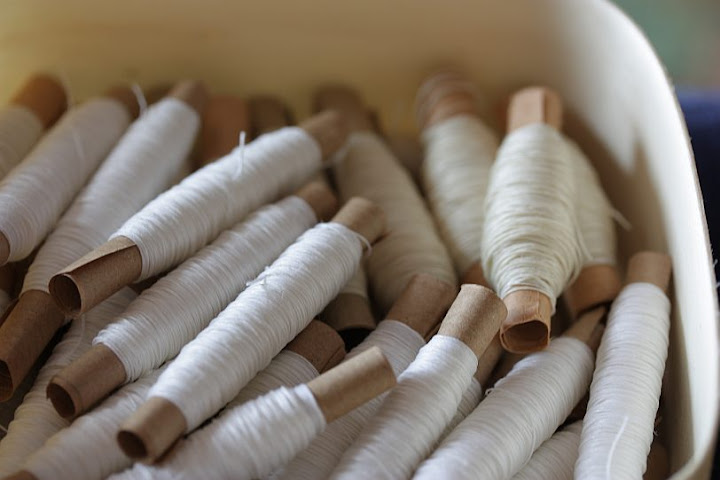Quite a lot is going on behind the scenes here, not least of all the fact that we have started actual work on the new market stall. The first bit of cloth has been cut and now takes up space in our living room, lying around and looking innocent (as far as 30 square metres of cloth can look innocent, that is). Now we only need to sew one long line of about 7.5 metres before it's time to shrink and waterproof this part.
The wood is already in the basement (mostly - one bit is missing), and after the long piece we're at now is sewn together and treated, the wood structure can be inserted and the fixings made. But it will take a few more evenings of needlework until that is the case!
Another thing happening is my collecting of ideas for some more textile tools for the market stall. I'm thinking of more accessories and tools for goldwork and embroidery - so if you have any suggestions or wishes, let me know, and maybe I'll be inspired to include it.
The wood is already in the basement (mostly - one bit is missing), and after the long piece we're at now is sewn together and treated, the wood structure can be inserted and the fixings made. But it will take a few more evenings of needlework until that is the case!
Another thing happening is my collecting of ideas for some more textile tools for the market stall. I'm thinking of more accessories and tools for goldwork and embroidery - so if you have any suggestions or wishes, let me know, and maybe I'll be inspired to include it.






